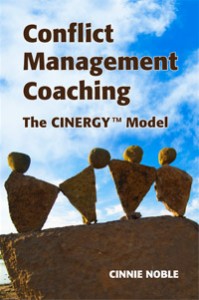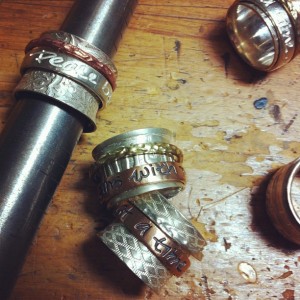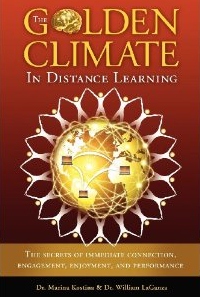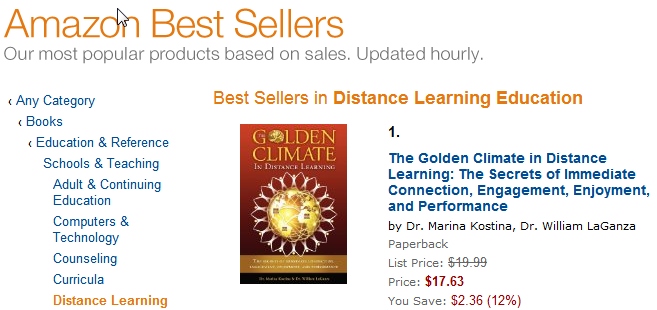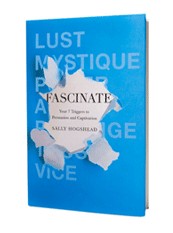From Hot Buttons to Hot Products: Conflict Pro Gift Guide
Got a peacemaker on your gift list or want to redecorate your office or yourself? Look no further than this Conflict Pro Gift Guide. Enough of neuroscience already, although you may want to check out my recent webinar on the brain and conflict at the ADRhub Werner Institute. Today, my neurons sparkle with the anticipation of the holidays. I am very grateful to all of you, my dear readers, for your support and our mutual learning and sharing! Thank you! Let’s have a little bit of dopamine-inducing, conflict-reducing fun and indulge in these peacemakers’ picks for the holidays.
You have a big heart, don’t you? Otherwise, you wouldn’t be in the peacemaking business. Perhaps, your home or office needs a heart too. Check out this Driftwood Heart. It can serve as a good conversation piece, whole-heartedness priming device, and an object of metaphorical exploration.
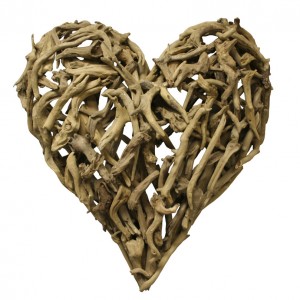 Sugarcoating problems won’t solve them, but it will make them sticky. A heart-felt, direct apology can go a long way, especially, if it is delivered on a fun notecard, like these “Sorry I Was So Prickly” cards.
Sugarcoating problems won’t solve them, but it will make them sticky. A heart-felt, direct apology can go a long way, especially, if it is delivered on a fun notecard, like these “Sorry I Was So Prickly” cards.
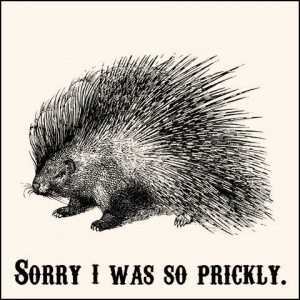
What are you grateful for this holiday season? These simple but elegant Thank You notes will help you express your gratitude to people that make your life happier and brighter.
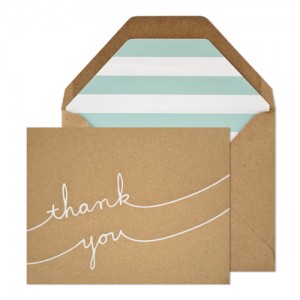 There are many peacemaking tools out there, but kindness stands out from the crowd. Kill Them With Kindness…or with this art print.
There are many peacemaking tools out there, but kindness stands out from the crowd. Kill Them With Kindness…or with this art print.
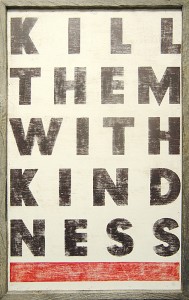
Holidays can be joyful, and they can also be stressful. “There’s an Elephant in the Room Cards” were created to help people move with grace through difficult moments in their relationships.
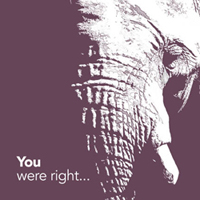
If you want to master your relationships and be a peacemaker or know someone who could benefit from conflict management skills (and who wouldn’t?), the book “Conflict Management Coaching: The CINERGY™ Model” by Cinnie Noble will equip you with research-based and battle-tested tools to navigate interpersonal disputes.
To borrow the title of Laurie Baker’s short story – “Go in Peace, Not in Pieces.” …Although the pieces from The Barber’s Daughters jewelry can certainly help you go in peace, like this “Breathe Peace” necklace.
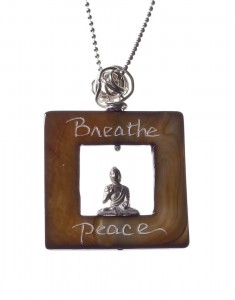 I can’t wait for their Prayer Rings collection to come out. Spin the messages ‘peace begins with me’ or ‘one moment at a time’ on your finger.
I can’t wait for their Prayer Rings collection to come out. Spin the messages ‘peace begins with me’ or ‘one moment at a time’ on your finger.
Eat in peace and in style. This Earth-friendly, non-toxic and safe White Peace Plate will remind little peacemakers to play nice.
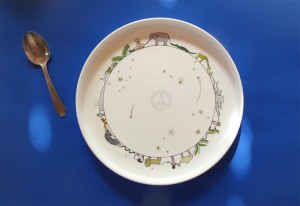
Your power lies in the questions you ask. The answer is always closer than you think. Here’s a good question…“What good shall I do this day?”

This is your life. Live like you mean it. Be inspiring like this Holstee Manifesto Poster.

And above all, don’t forget to smile! Happy holidays!

